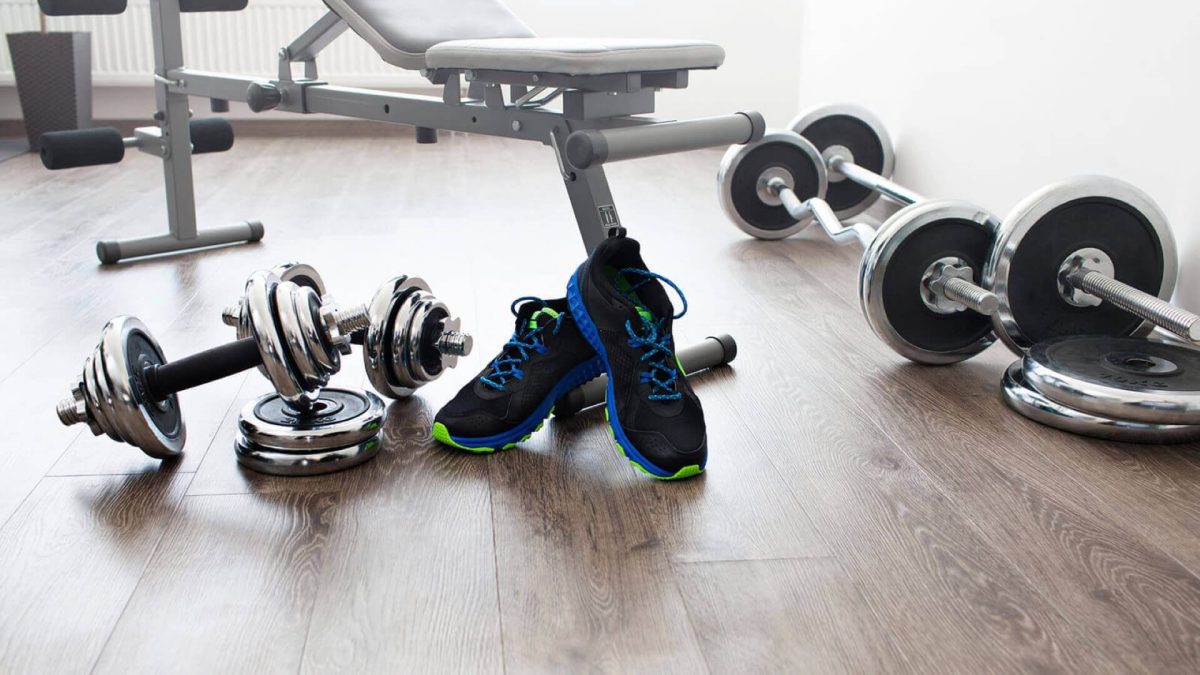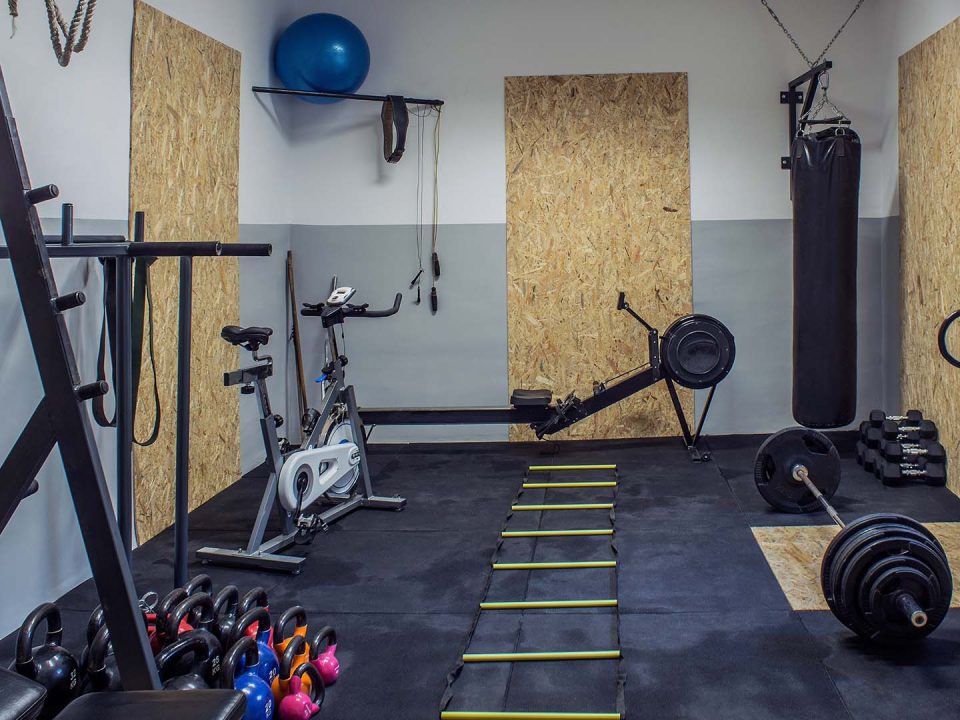Table of contents
- 1. What is the current market size and growth rate of the home fitness equipment industry?
- 2. What percentage of people prefer home workouts over commercial gym memberships, and why?
- 3. What are the most popular types of home fitness equipment, and how much do consumers typically spend on them?
- 4. How does the demographic distribution (age, gender) influence the use and purchase of home fitness equipment?
- 5. What are the key features and innovations in modern home fitness equipment that are driving market growth?
1. What is the current market size and growth rate of the home fitness equipment industry?
The global home fitness equipment market size and growth rate vary slightly depending on the source:
- The global at-home fitness equipment market had a revenue share of USD 8.20 billion in 2023 and is expected to reach USD 13.74 billion, growing at a CAGR of 8.2% during the forecast period (2024-2032).
- The global home gym equipment market was valued at USD 11.3 billion in 2023 and is anticipated to grow at a CAGR of 4.7% between 2024 to 2032.
- Another report indicates the global home fitness equipment market size is expected to be worth around USD 19 Billion by 2032 from USD 12 Billion in 2022, growing at a CAGR of 5% during the forecast period from 2023 to 2032.
2. What percentage of people prefer home workouts over commercial gym memberships, and why?
While the exact percentage is not provided in the sources, several factors contribute to the preference for home workouts:
- Many individuals prefer home workouts due to the comfort, convenience, and cost savings. Home fitness equipment allows users to avoid the cost of gym memberships and work out at their own convenience.
- The rise in health consciousness, hectic schedules, and the desire to maintain a healthy lifestyle without the need for a gym membership are significant drivers.
3. What are the most popular types of home fitness equipment, and how much do consumers typically spend on them?
The most popular types of home fitness equipment include:
- Treadmills, stationary bicycles, free weights, elliptical machines, and others.
- Cardiovascular training equipment, strength training equipment, treadmills, stationary cycles, and elliptical trainers are also highly popular.
As for spending, consumers typically spend various amounts:
- The average consumer unit spent $111.80 on athletic gear, game tables, and exercise equipment in 2021 in the U.S..
- A significant portion of consumers spend under $500 on a single piece of home exercise equipment
4. How does the demographic distribution (age, gender) influence the use and purchase of home fitness equipment?
Demographic factors play a significant role:
- The Asia-Pacific region, particularly, has a large youth population, with approximately 668 million young people in 2019, which contributes to the growth of the at-home fitness equipment market. Young people are increasingly influenced by social media trends in fitness and bodybuilding.
- While specific demographic data (age and gender) from the provided sources is limited, it is mentioned that the increasing youth population and urbanization are key drivers of the market.
5. What are the key features and innovations in modern home fitness equipment that are driving market growth?
Key features and innovations include:
- The incorporation of digital technology, such as artificial intelligence (AI) and machine learning, which provides real-time feedback and personalized health solutions for nutrition, diet, and sleep based on individual data.
- Connected fitness devices that integrate an individual's fitness and digital life to create a gym-like experience at home.
- Smart technology integration, allowing users to track their progress, set goals, and receive personalized workout recommendations.
These innovations are driving growth by offering more convenient, personalized, and technologically advanced fitness solutions.





